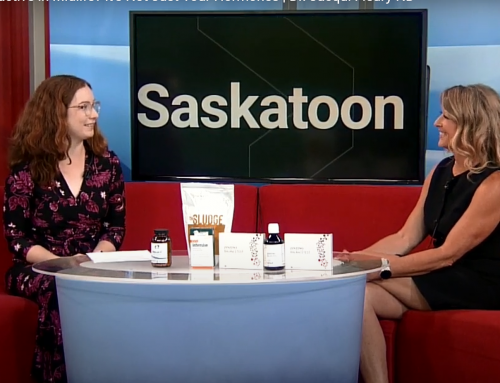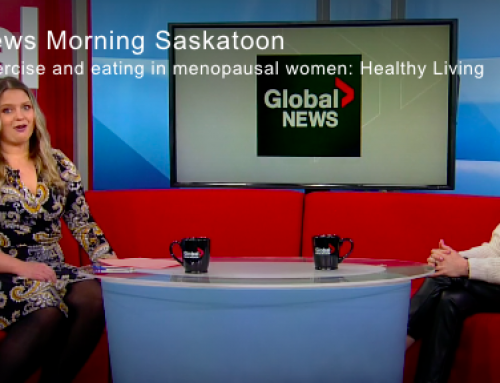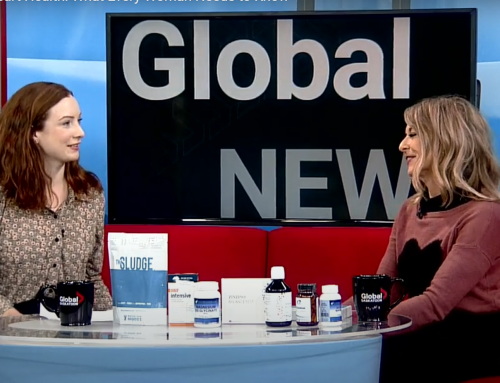One of the most common statements women in perimenopause will say to me is “I just don’t feel like myself”.
They are often referring to the seemingly “overnight” changes they see and feel in their bodies, including menopause weight gain, specifically weight gain around the middle, along with other symptoms like brain fog, extreme fatigue, and aches and pains.
A drop in estrogen is often at the root of these symptoms appearing in our 40’s and 50’s, mostly because when this happens, inflammation is triggered, or in some cases amplified (meaning the woman may already be somewhat inflamed and handling this ok until perimenopause and menopause hits and this inflammation becomes much more pronounced.)
During this time frame there is a significant increase in the woman’s risk for heart disease and stroke, but what gets the woman’s attention more than anything else is often the sudden menopause weight gain.
So what is the connection between weight gain and inflammation?
Inflammation in the body can lead to insulin resistance. This is due to inflammatory compounds that impair the way insulin works.
This leads to higher glucose levels as well as fat accumulation in the liver which further contributes to insulin resistance.
They can then start to fuel one another, causing a vicious cycle: weight gain can cause more insulin resistance and insulin resistance leads to more menopause weight gain.
I have observed over many years that menopause and perimenopause can amplify underlying health conditions that go unaddressed and sometimes unnoticed until estrogen starts to drop and all of a sudden the body seems to go into “crisis mode”.
What can help?
Understanding some of the possible drivers of inflammation in your body can go a long way in supporting your body as your estrogen drops.
From a nutritional perspective, implementing an anti-inflammatory diet can be key, but making dietary changes when your brain and body is inflamed and seemingly gaining weight rapidly can be very difficult and frustrating.
I have found that testing and then correcting nutrient deficiencies or imbalances is a better place to start, and one of these nutrients includes your omega-3 fatty acid balance.
It turns out that many women (and men as well!) do not have an optimal Omega-3: Omega-6 ratio. This imbalance is a main driver in inflammation, heart disease and cancer (which incidentally all have an increased risk in menopause).
When our cells don’t have enough omega-3 fatty acids, the cell membranes don’t work properly, and it’s harder to get “good things” into the cells and get the “bad things” out of the cell!
This can obviously aggravate insulin resistance and contribute to the weight gain often seen in perimenopause.
So…Is the Answer to Eat more Fish?
General recommendations include eating fatty fish a few times a week and incorporating a fish oil supplement.
But there is a more precise way to ensure you are getting enough omega-3s.
A good place to start is to test your Omega-3:Omega-6 ratio. Many women don’t know that this option exists, so when they go to their doctors to get bloodwork done, they are often told everything is “normal” even though they don’t feel well.
This is a simple at-home test that can be performed, and this can tell you whether or not you are in balance and can guide you in your supplement dosing.
Getting into balance first can often help you feel less inflamed and can help your brain work better, which then helps you feel more energy to make better decisions around your nutrition, sleep habits and exercise.
– Dr. Jacqui Fleury, ND






